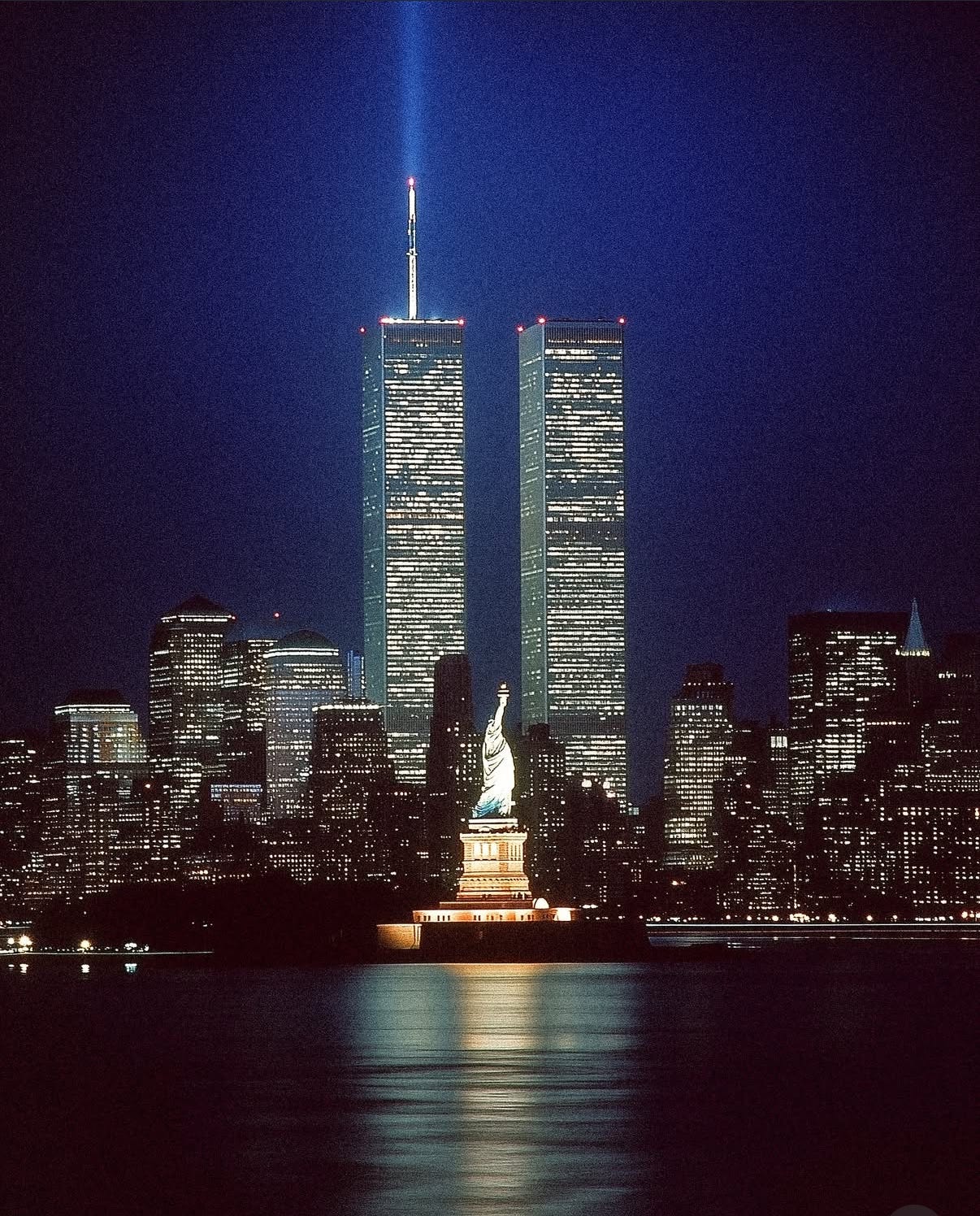This week I spoke with PIX11’s James Ford about how educators teach 9/11 today.
Watch and read the full piece here
It’s a conversation I’ve been having for years. In fact, I first wrote about teaching 9/11 for PBS NewsHour Classroom in 2021 on the 20th anniversary.
Four years later, I find myself returning to those reflections, because the way we teach 9/11 keeps changing, just like the world around us.
My first day of student teaching was supposed to be September 11, 2001.
That morning, I woke up to Z100’s “Morning Zoo,” half-asleep, thinking they were making a dark joke about the World Trade Center. When I turned on the Today Show, it was horrifyingly real. A friend called from her office rooftop on Canal Street. I screamed at her to run as the first tower collapsed. Hours later, she found her way to my Hell’s Kitchen apartment, which quickly became a refuge for friends and my brother. We sat together, stunned, as the world shifted under our feet.
By the time I started student teaching at Stuyvesant High School later that year, I walked past Ground Zero every day. The hole in the skyline never got easier. My students had fled for their lives on 9/11, yet many seemed numb. Was it shock? Trauma? I didn’t yet have the words for it, but I knew teaching 9/11 would never be straightforward.
From memory to history
For my earliest students, 9/11 was a lived memory. They wrote poems, stood in silence as the names were read, and carried the event with them. But as the years passed, new classes came of age too young to remember. Suddenly, 9/11 shifted from lived trauma to a page in the textbook.
So I shifted too. I told my story. I brought in primary sources. Later, I connected it to what came after: Islamophobia, surveillance, and the creation of ICE. For my undocumented students, I found myself saying words I never imagined needing in 2001: “You’re safe here. ICE can’t touch you in school.”
A new kind of fear
By 2020, my students were less worried about Al Qaeda and more worried about their own government. Then came January 6th. Watching the Capitol insurrection unfold, I felt the same frozen fear I had on 9/11. The next day, my students summed it up in the chat: White supremacy. Not surprised. Disappointed.
Gen Z has never known a world without crisis. They’ve grown up under the shadow of 9/11, endless war, the Great Recession, Trump, a pandemic, and now domestic terror. And layered onto all of this: the constant threat of gun violence. For many of them, active shooter drills feel more real and immediate than foreign terrorism ever did.
24 years later
This fall marks my 24th year teaching history in New York City. For me, 9/11 frames my entire career. For my students, it’s one of many chapters in an ongoing story of fear, resilience, and survival.
It is my job as an educator to arm my students with facts, critical thinking skills, and an empathetic understanding of the past. If we’ve learned anything over the past twenty years, education is crucial if we have any hopes of creating a world that is one day free of violence, fear, and terror.
If you missed my PIX11 conversation with James Ford, you can watch and read it here.
Also, this is my original PBS News Hour Essay.










